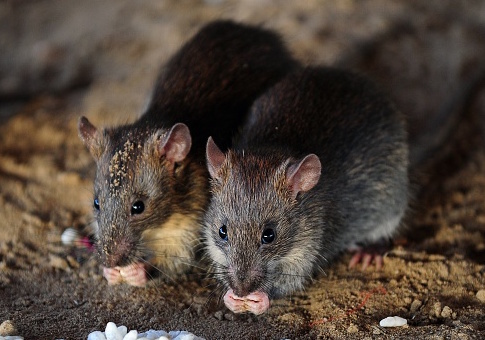The Fish and Wildlife Service is spending over $85,000 to assess the population of rats in the Florida Keys following Hurricane Irma.
The government is tasking the University of Florida to survey the silver rice rat population to see if the rats are "resilient to hurricanes." Irma, a category 4 hurricane that made landfall last year, killed 134 people and cost up to $65 billion in property damage.
"Specifically, a range-wide survey of the [silver rice rat] SRR, an endangered species, will be conducted using methods appropriate to the species and habitat," according to a grant notice posted last week.
The Fish and Wildlife Service said the project would use floating rat traps "in accordance" with the government's "Rice Rat Trapping protocol."
"Occupied areas and the areas adjacent to them will then be resampled the following winter, approximately 12 months later," according to the grant announcement.
"This will allow assessments of localized recruitment and colonization rates to determine if the population is recovering and resilient to hurricanes," the Fish and Wildlife Service said. "Finally, the data from range-wide surveys will be used to model all potential SRR habitat in the Keys and to assess the vulnerability of these areas under different scenarios of sea-level rise and storm impact."
Assessing the rat population will cost an estimated $85,625, according to the grant.
The silver rice rat was listed as an endangered species in the 1990s "primarily because their wetland habitat had been destroyed by residential and commercial construction activities."
"This rice rat externally resembles other marsh rice rats in general form, being a medium-sized, semi-aquatic, generalized rat," the Fish and Wildlife Service said.
An assessment guide for the rat in the Florida Keys released in 2013 said rice rats are "generalized omnivores," with a diet that includes "seeds of saltwort," "mangroves," and "coconut palm."
"However, they probably eat a greater variety of foods than those listed above," the Fish and Wildlife Service said.
